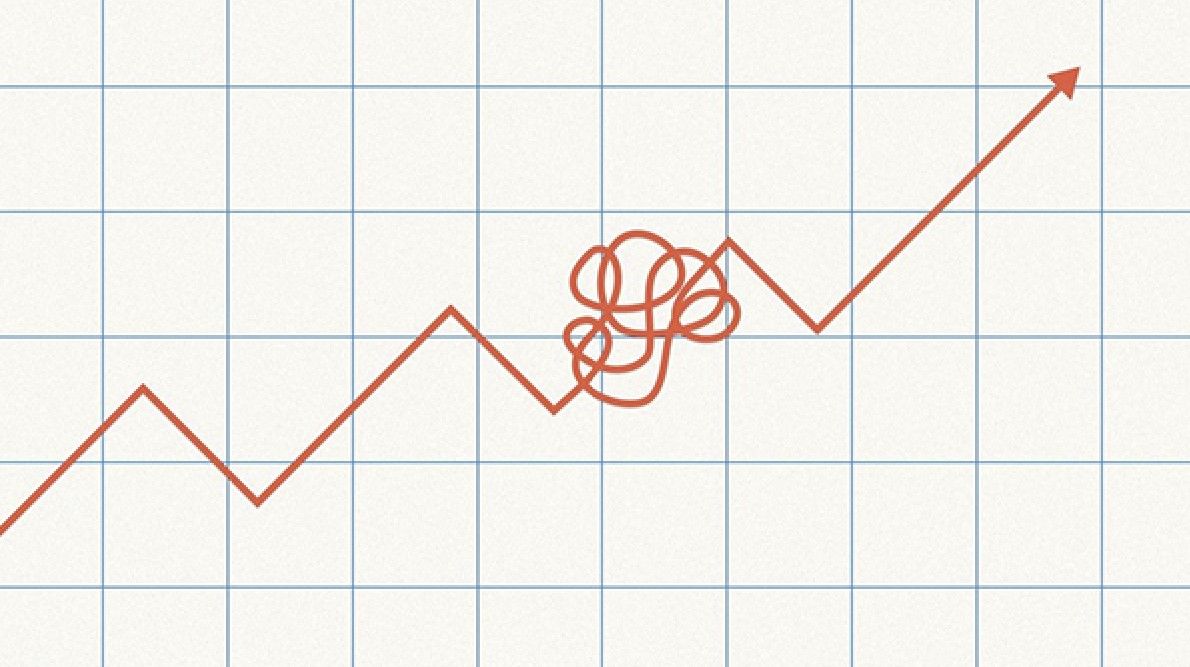Business Practices, eNews
Credit departments tackle price volatility challenges

Economic uncertainty complicates the work of credit managers. As the changing tides of the economy become unpredictable, risk increases. Credit managers across industries have seen volatility in pricing, as wide-reaching economic uncertainties like tariffs, trade wars and supply chain issues send ripples across the economy. While price fluctuations are somewhat of a constant in the ever-changing world of business credit, it can still be difficult to predict and even harder to navigate.
Why it matters: An unpredictable business environment and a troubling economy force many credit managers to shift the focus of their day-to-day work, as customer buying power shrinks and risk increases across the board. Knowing how prices may change and the impact they can have on your credit department can help you create a plan for what to do when instability takes over the market.
“When prices are unstable, it becomes more challenging to predict cash flows and assess the creditworthiness of our customers,” said Vimal Patel, CCE, director of credit at OneSource Distributors (Oceanside, CA). “This requires us to be more vigilant and adaptive in our credit policies to mitigate potential risks.”
Material shortages and tariffs have led to fluctuations in pricing as businesses seek out a balance that protects their interests without losing money. All the while, customers are already showing signs of cash flow issues and buying out of fear of greater costs down the line. For credit managers, the biggest change might be the shift they see in customer buying habits, as their reduced purchasing power means delayed payments and requests to extend terms.
“As prices increase, our customers’ credit limits may no longer cover the same volume of purchases,” said Brittany Yvon, CBA, CICP, credit and risk manager at Seaboard International Forest Products (Nashua, NH). “And if we have customers who are already struggling to pay their bills as prices increase, we might need to tighten those credit limits, especially for customers in industries that are highly affected by price volatility.”
As businesses brace themselves for economic uncertainty and volatile prices, credit managers may find that their day-to-day work is increasingly focused on preparing for fluctuating prices, whether taking extra time looking at company policies or adjusting credit lines.
“We are spending more time on monitoring and analyzing market trends to anticipate potential impacts on our customers’ financial stability,” Patel said. “Several customers have reached out requesting adjustments to their payment terms due to the increased financial pressure from rising prices and supply chain issues. We have been working closely with them to find mutually beneficial solutions.”
For a lot of credit managers, it can be challenging to navigate this tricky position, especially when you are unsure exactly how much risk raising the credit limit would impose on your company. “You need to have a conversation with your customer to determine their financial capability,” said Kevin Chandler, CCE, ICCE, director of financial services at Zachry Group (San Antonio, TX). “Is the price increase from a tariff going to cause some severe financial issues with your customer or do they have enough cash flow, access to lines of credit and capital? While the increase would be uncomfortable, is it something they can weather?”
During tumultuous times, it is important that you do not lose focus on your customers and forgo crucial relationship building. In strenuous times when financial pressures might be plaguing many businesses, it can be an opportunity to reach out and connect with your customers.
“I would say, look at this as an opportunity instead of just looking at the risk element,” Chandler said. “This is a chance to build more bridges with your customers, get to understand them and their businesses and how they manage risk. It’s an opportunity to build stronger relationships because we are all in the same boat.”
In some instances, you may have built-in protection from price fluctuation in the form of contract clauses that pass off changes in price to your customer. “We have some contracts that allow us to pass on these types of cost increases back to our customer, some contracts that don’t allow us to, and others that don’t say anything,” Chandler said. “Our legal group aims to address those contracts that are silent to see if we can add clauses that protect us should the price rise due to tariffs.”
The bottom line: When price changes and market instability turn your day-to-day work upside down, it’s important to reach out to others at your company to devise a plan that addresses newfound uncertainties. Maintaining strong communication with your department and your company at large can help you navigate troubling times and approach tricky situations with confidence.





